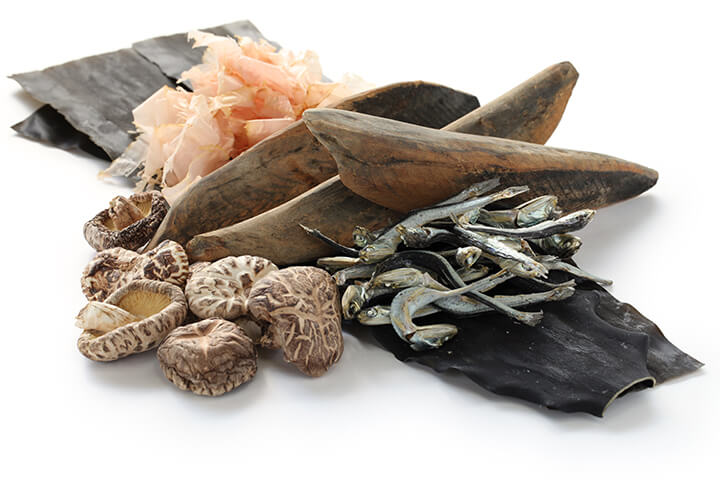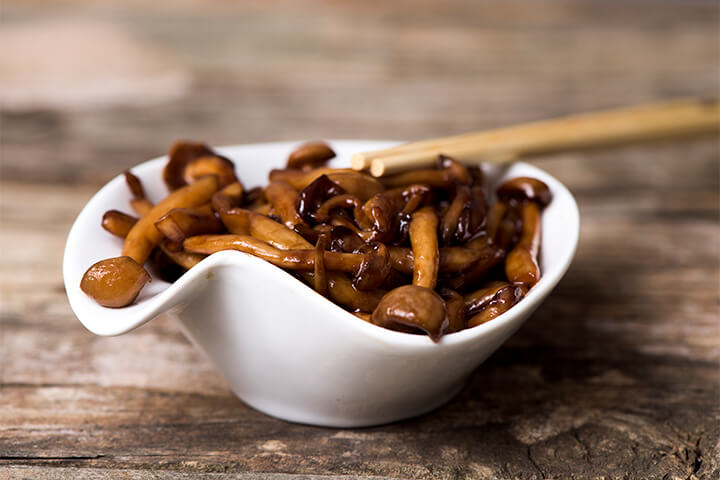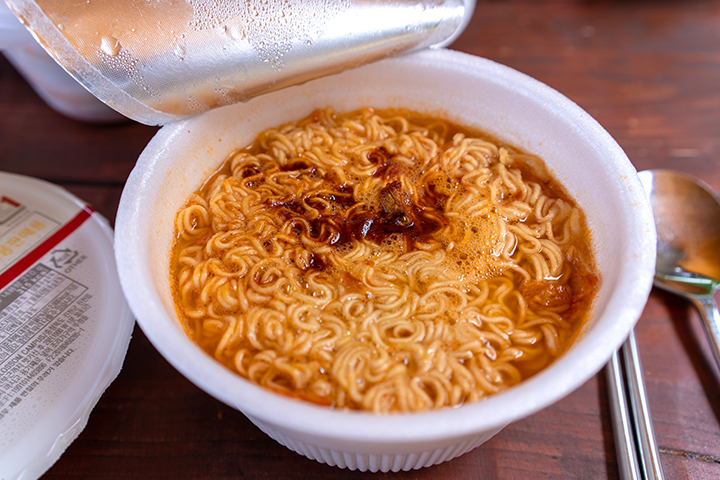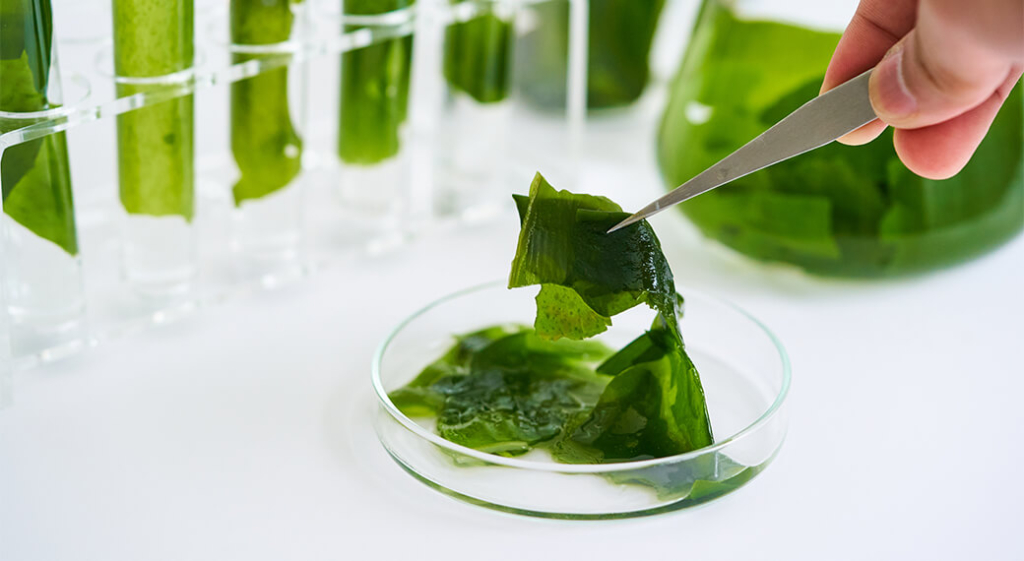From culinary shows like Anthony Bourdain’s Parts Unknown to the California-based chain Umami Burger, the descriptor “umami” has found a home within our pop-culture lexicon. However, for many people both inside and outside of the foodservice industry, the exact meaning and origin of this term remains shrouded in mystery. This article aims to remove that confusion and provide a broader understanding of this pleasant and fulfilling flavor experience.
What Is Umami?
Known as the fifth taste, umami has been the subject of much fascination and study over the past century. From the rich flavors of meat, cheese, and soy sauce to the subtle depth of mushrooms, seaweed, and tomatoes, umami is present in a wide range of foods your customers enjoy. The flavor of umami is largely described as meaty, savory, rich, complex, and full-bodied.
Prior to the 20th century, we had only developed the culinary language to describe four basic tastes: sweet, sour, salty, and bitter. Although the foodies of yesteryear knew there was a descriptor lacking within this terminology, they didn’t have the means to express it. That is, until the Japanese chemist Kikunae Ikeda introduced umami to chefs around the world.
How Did a Japanese Chemist Discover a Taste?
In 1908, Kikunae Ikeda discovered a fifth taste while researching the chemical composition of dashi, a broth made from kombu (kelp/seaweed) and bonito flakes (smoked, dried fish flakes). Ikeda was intrigued by the rich, savory flavor and hypothesized it was due to a substance found in seaweed. His hypothesis was correct. Kikunae Ikeda named the fifth taste “umami” which loosely translates to “pleasant savory taste” or “deliciousness”.

The Science of Umami
Kikunae Ikeda discovered that glutamate was the primary source of this rich, savory flavor that chefs and customers alike enjoy so much. Glutamate is one of many amino acids that also acts as a neurotransmitter in the brain involved in various physiological functions, including memory and learning.
In the context of a flavor experience, glutamate stimulates specific receptors on the tongue that are responsible for detecting the umami taste. In addition to glutamate, two other compounds that contribute to the taste are inosinate and guanylate, which were later isolated by Japanese scientists.

Global Acceptance of the 5th Taste
The global acceptance of umami picked up in the mid-to-late 20th century, as Japanese cuisine became more popular around the world. Another reason for umami’s acceptance in the late 1900s was, once again, thanks to scientists. They were studying glutamate in more depth, while sharing and presenting their research.
The discovery of glutamate receptors in the human tongue and brain helped to provide a scientific basis for the taste of umami, further validating its existence as a distinct taste sensation. Scientists also found glutamate receptors embedded in our gastrointestinal tract. When glutamate binds to these receptors, it can stimulate the release of neurotransmitters and hormones that help to regulate digestive processes.

As more scientists continued to share their research on how glutamate works in our bodies, the science-backed concept of umami became accepted and embraced by culinary and scientific communities around the world.
The Discovery & Significance of Umami
The discovery of the fifth taste revolutionized the culinary world and broadened our understanding of taste perception. Kikunae Ikeda’s research as well as the scientists who followed him, led to the scientific validation of umami as a distinct taste sensation and has helped us identify the compounds that contribute to it. What is your favorite umami-rich meal? Let us know in the comment section!



